Mandu, the Korean take on dumplings, offers a delightful mix of flavors and ingredients that reflect its cultural roots. Each bite of mandu features a unique blend of meats like pork or beef, mixed with garlic, chives, and ginger.
Whether you prefer them steamed, boiled, pan-fried, or deep-fried, mandu promises a satisfying experience for your taste buds.
What's exciting about mandu is its versatility, as you can enjoy these dumplings in a bowl of hot soup or as a delicious appetizer. For those who love trying different textures, pan-frying gives mandu a crispy bottom, while steaming keeps them soft and chewy.
Easy to prepare and loved by many, mandu is a popular dish you shouldn't miss. Dive in and discover why mandu has a special place in Korean cuisine.
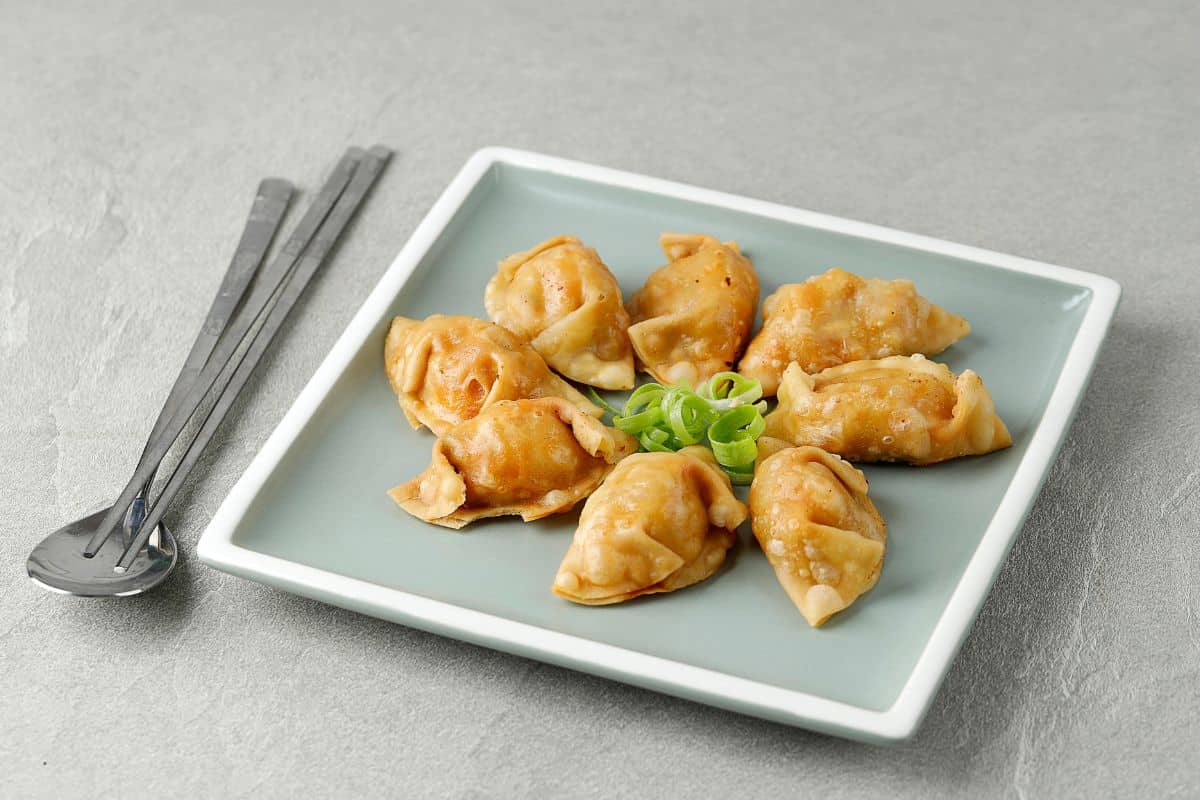
Jump to:
📜 Historical Background
Korean dumplings have a rich history in Korean cuisine. They are thought to have been introduced to Korea by the Mongols during the Goryeo Dynasty, around the 14th century. Since then, they've become a popular dish across the Korean Peninsula.
These dumplings were once a part of royal court cuisine. Kings and queens enjoyed them on special occasions and holidays. Over time, they became a beloved dish for ordinary people as well.
Mandu is especially significant during the Lunar New Year. Families gather to make and eat these dumplings together. This tradition symbolizes prosperity and good fortune for the coming year.
Mandu can be prepared in several ways, including steaming, boiling, pan-frying, and deep-frying. Each region in Korea has its own variations and unique ingredients.
In the north, they tend to use more meat and less seasoning. In the south, the fillings might include more vegetables and spices. Common fillings include pork, beef, cabbage, kimchi, and tofu.
🥟 Types of Mandu
Steamed Mandu (Jjin Mandu)
Steamed mandu, also known as jjin mandu, are a popular choice. These dumplings are cooked by steaming, which keeps them soft and tender. They often have a filling of pork, beef, or tofu mixed with vegetables like cabbage, onions, and garlic.
Steamed mandu are commonly enjoyed with a dipping sauce made of soy sauce, vinegar, and chili. They offer a lighter option and are appreciated for their juicy and flavorful fillings.
Boiled Mandu (Mul Mandu)
Boiled mandu, or mul mandu, are dumplings cooked in boiling water, making them tender and juicy. These dumplings usually contain a mixture of ground beef, pork, tofu, and vegetables such as chives and mushrooms.
Mul mandu are often served in soups and broths, adding richness to the dish. They are known for their delicate texture and are particularly popular in colder months.
Fried Dumplings (Gun Mandu)
Fried mandu, known as gun mandu, are crispy on the outside with a savory filling inside. These dumplings are deep-fried, giving them a golden, crunchy exterior.
The fillings can include pork, beef, or even shrimp (saewu mandu), combined with vegetables like onions, garlic, and chives. Fried mandu are commonly eaten as a snack and enjoyed for their satisfying crunch and savory taste.
Pan-Fried Mandu
Pan-fried mandu are cooked in a skillet with a small amount of oil, resulting in a crispy bottom and a soft top. They can be made with fillings similar to fried and steamed mandu, including pork, tofu, and various vegetables.
To cook pan-fried mandu, brown the bottom first, then add water to the pan and cover it to steam the tops. These dumplings are versatile and can be served as an appetizer or main dish.
Vegetarian and Vegan Variations
Vegetarian and vegan mandu, such as yachae mandu, are made with only plant-based ingredients. Common fillings include tofu, mushrooms, napa cabbage, bean sprouts, and various other vegetables.
These dumplings can be enjoyed by those following a vegetarian or vegan diet and can be prepared steamed, boiled, or pan-fried. Vegan mandu provides a delicious and inclusive option for everyone, highlighting the versatility of Korean dumplings.
Each type of mandu offers a unique taste experience, reflecting the diverse flavors of Korean cuisine. Whether you prefer them steamed, boiled, or fried, there's a mandu variety for every taste preference.
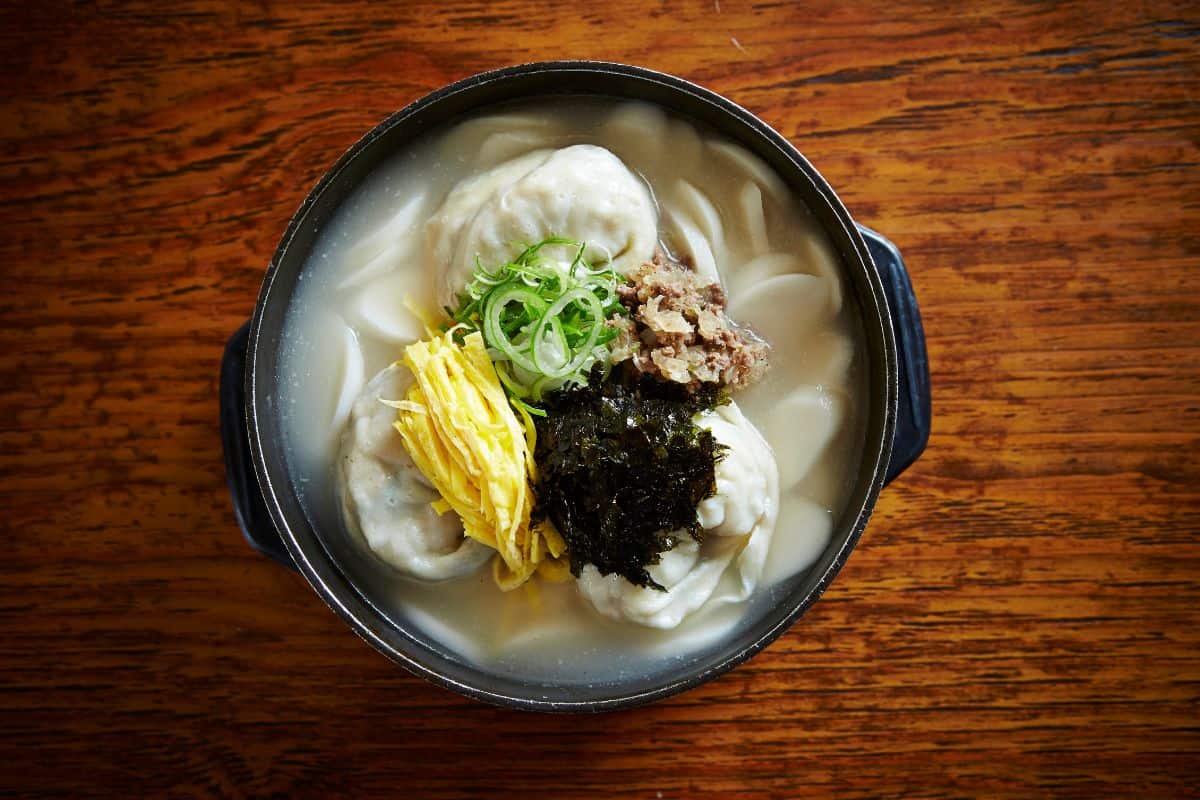
🫚 Mandu Ingredients
Dough and Wrappers
The dough for mandu wrappers is usually made from wheat flour, water, and a pinch of salt. These wrappers can be bought ready-made, simplifying the process. Homemade wrappers offer a fresh touch and can be rolled out thinly to create a delicate casing for the dumplings.
Making the dough involves mixing the flour, water, and salt, then kneading until smooth. The dough is then rolled out and cut into circles about 3 to 4 inches in diameter.
Common Fillings
Mandu fillings are diverse and can include various meats, vegetables, and noodles. Pork, beef, and tofu are typical protein choices. Vegetables like napa cabbage, green onions, garlic chives, and zucchini add texture and flavor.
- Proteins: Pork, beef, tofu
- Vegetables: Napa cabbage, onions, green onions, garlic chives, zucchini
The fillings are chopped finely and mixed together to create a savory and juicy mixture.
Seasonings and Flavors
Seasonings play a crucial role in mandu, bringing out the best flavors of the ingredients. Common seasonings include sesame oil, soy sauce, garlic, ginger, salt, pepper, and a touch of sugar.
- Sesame oil: Adds a rich, nutty flavor
- Soy sauce: Provides saltiness and umami
- Garlic and ginger: Infuse aromatic and spicy notes
- Salt and pepper: Enhance the overall taste
- Sugar: Balances the flavors with a hint of sweetness
Combining these seasonings with the fillings results in a flavorful mixture that makes mandu irresistible. The balance of savory, sweet, and aromatic elements ensures that each bite is a delightful experience.
These elements come together to craft a delicious and satisfying dumpling that is both comforting and full of flavor.
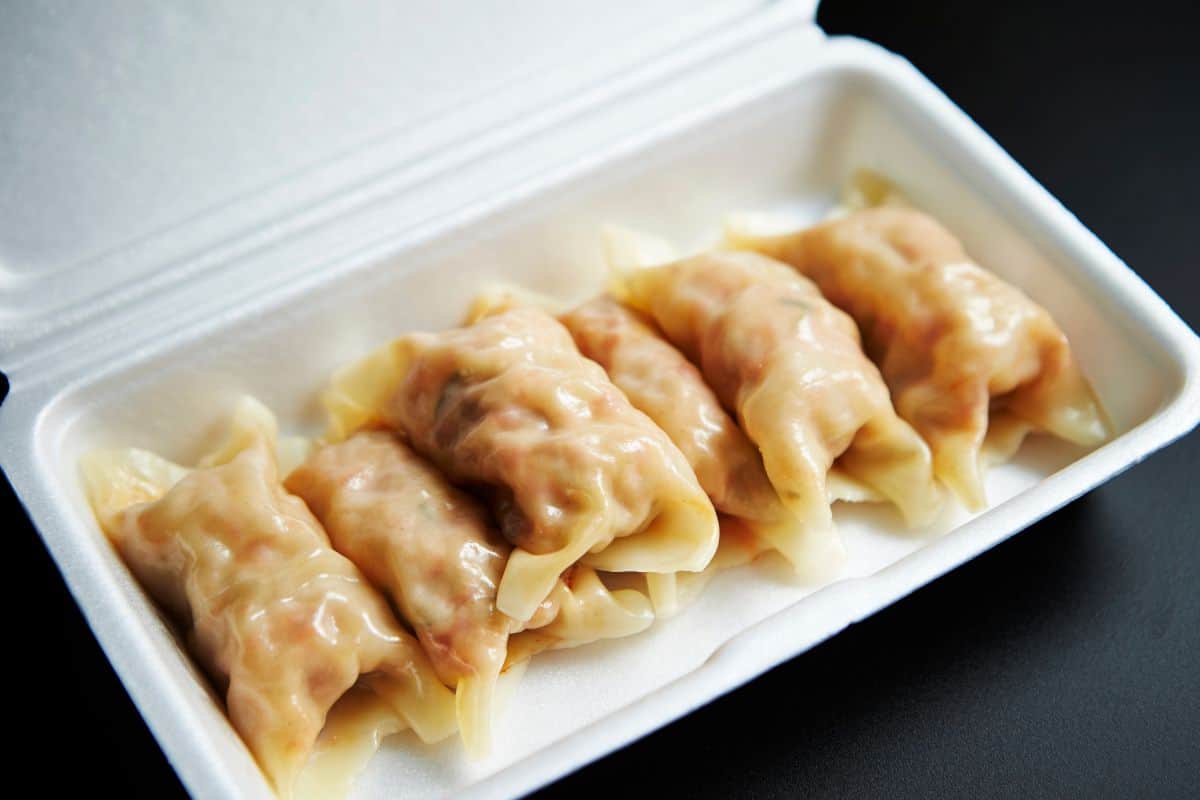
👨🍳 Preparing Mandu
Mixing the Filling
The filling is the heart of mandu. A classic mixture includes ground pork, chopped cabbage, minced garlic, tofu, and chives. For extra flavor, add some soy sauce, sesame oil, salt, and pepper.
Start by sautéing the cabbage and minced garlic until they're soft. Let them cool before mixing with the raw ground pork and drained tofu. It helps bind the mixture if you add an egg. Ensuring the filling is well-combined and seasoned is key to tasty mandu.
Forming and Folding Techniques
Folding mandu can be fun and creative. Place a spoonful of filling in the center of a dumpling wrapper. Wet the edges with a bit of water to help seal them. Fold the wrapper in half to form a half-moon shape.
Press the edges together, making sure there're no air bubbles inside. For a stylish look, pleat the edges by folding small sections over themselves.
🥢 Serving and Accompaniments
Dipping Sauce
A dipping sauce is essential when serving mandu. One popular option includes soy sauce, vinegar, sesame oil, and a touch of sugar. Add finely chopped green onions and some sesame seeds for texture.
For a spicy kick, incorporate gochugaru (Korean red pepper flakes) or black pepper. Some prefer to use rice vinegar for a slightly different tang. This combination of flavors complements the savory filling of mandu, enhancing each bite.
Simple yet delicious, this dipping sauce balances salty, tangy, and spicy notes that pair perfectly with the dumplings.
Side Dishes
Mandu can be served with a variety of side dishes to create a more fulfilling meal. Common accompaniments include kimchi, which provides a tangy and spicy contrast. For a refreshing option, bean sprouts or mung bean sprouts dressed in sesame oil and garlic are ideal.
Another popular side is japchae—a dish of sweet potato noodles stir-fried with vegetables and beef. Korean pancakes (jeon) made with ingredients like chopped cabbage or buchu (Korean chives) also pair well with mandu.
Steamed rice is a classic choice, offering a neutral flavor that lets the dumplings shine. Whether you're enjoying mandu as an appetizer or a main course, these side dishes will round out the meal beautifully.
🤔 Homemade vs. Store-Bought
Pros and Cons of Homemade Mandu
Pros:
- Customization: Homemade mandu allows for personalized ingredients, whether it’s a vegetarian version or adding your favorite spices.
- Freshness: They can be steamed or pan-fried right after preparation, ensuring optimal freshness.
- Quality Control: It's easier to manage the quality of ingredients, from the type of meat to the freshness of vegetables and homemade or store-bought dumpling wrappers.
Cons:
- Time-Consuming: Making mandu from scratch is labor-intensive. Chopping, mixing, and wrapping fillings takes time.
- Skill Level: It requires some skill to properly wrap and cook the dumplings without them falling apart.
- Mess: The process can be quite messy with flour, chopped vegetables, and raw meat.
Pros and Cons of Store-Bought Mandu
Pros:
- Convenience: Frozen dumplings are quick and easy to cook, saving significant time and effort.
- Consistency: Store-bought products offer consistent quality and taste, ideal for those who don’t want surprises.
- Variety: Many stores offer different flavors and types, such as vegetarian or kimchi-filled mandu, catering to various preferences.
Cons:
- Quality: The quality of ingredients might not be as high, with preservatives and additives being common.
- Less Customizable: Unlike homemade, altering the dumplings to fit specific dietary needs is often not an option.
- Freshness: Pre-made dumplings may lack the fresh taste and texture of homemade ones.
Both homemade and store-bought mandu have their own unique benefits and limitations. Your choice depends on what you're looking for in terms of convenience, quality, and customization.
🔥 Storage and Reheating Tips
Storing Mandu
To keep mandu fresh, freeze them on a parchment-covered baking sheet until solid. Once frozen, transfer them to a ziplock bag or airtight container. This prevents sticking and freezer burn.
Reheating from Frozen
There are several ways to reheat frozen mandu:
Steaming: Place them in a steamer basket over boiling water for 10-15 minutes.
Pan-frying: Heat vegetable oil in a non-stick skillet. Fry until the bottoms are golden brown. Add a splash of water, cover, and steam for an additional 5-7 minutes.
Other Methods:
- Boiling: Gently place frozen mandu in boiling water for 6-8 minutes, until cooked through.
- Microwaving: Place mandu in a microwave-safe dish with a lid. Add a bit of water, cover, and microwave on high for 2-3 minutes.
Remember not to overcrowd the pan or steamer. Keep them in a single layer for even cooking. For the best taste, try not to reheat mandu more than once.
✍️ Nutritional Information
Calories
Mandu's calorie content mainly comes from carbohydrates and fats. While they vary depending on the filling, a typical serving can range from 200-300 calories.
Protein
Mandu usually has moderate protein levels. Fillings like beef, pork, or tofu add protein. However, compared to other protein-rich foods, mandu's protein content might be on the lower side.
Here's a simple breakdown of typical mandu nutritional components:
| Nutrient | Amount per Serving |
|---|---|
| Calories | 200-300 |
| Protein | 10-15g |
| Carbohydrates | 25-35g |
| Fat | 8-15g |
Vitamins and Minerals
Mandu often includes vegetables rich in vitamins A and C, along with essential minerals like iron and calcium.
❓ Frequently Asked Questions
The dough is usually made from wheat flour and water and mixed to form a smooth and elastic consistency. It is rolled out thinly to create wrappers.
Korean dumplings often have a unique combination of meats, vegetables, and sometimes sweet potato noodles, giving them a distinctive flavor and texture compared to Chinese or Japanese dumplings.
Popular fillings include a mix of ground pork, beef, or chicken, along with cabbage, tofu, chives, and garlic. Some recipes also use sweet potato noodles or glass noodles for added texture.

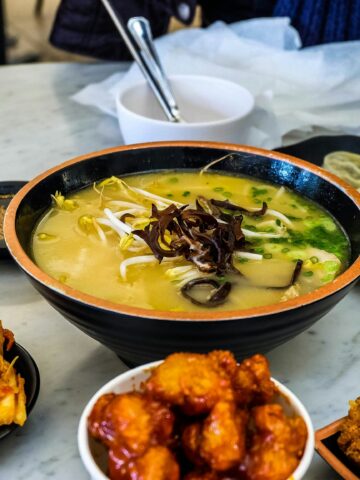
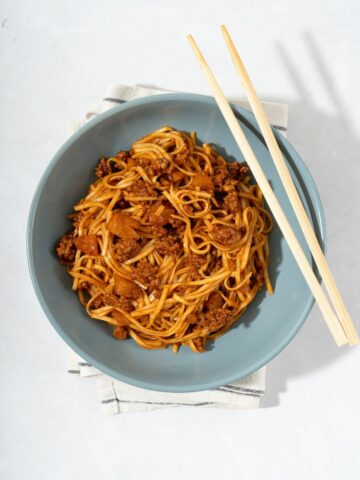

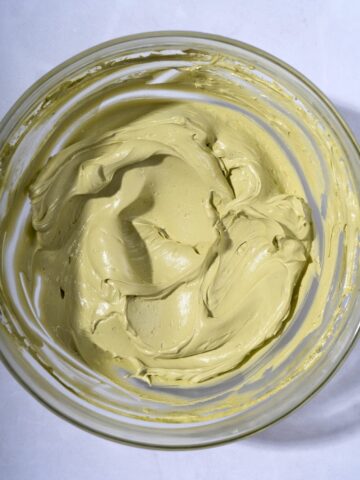
Comments
No Comments